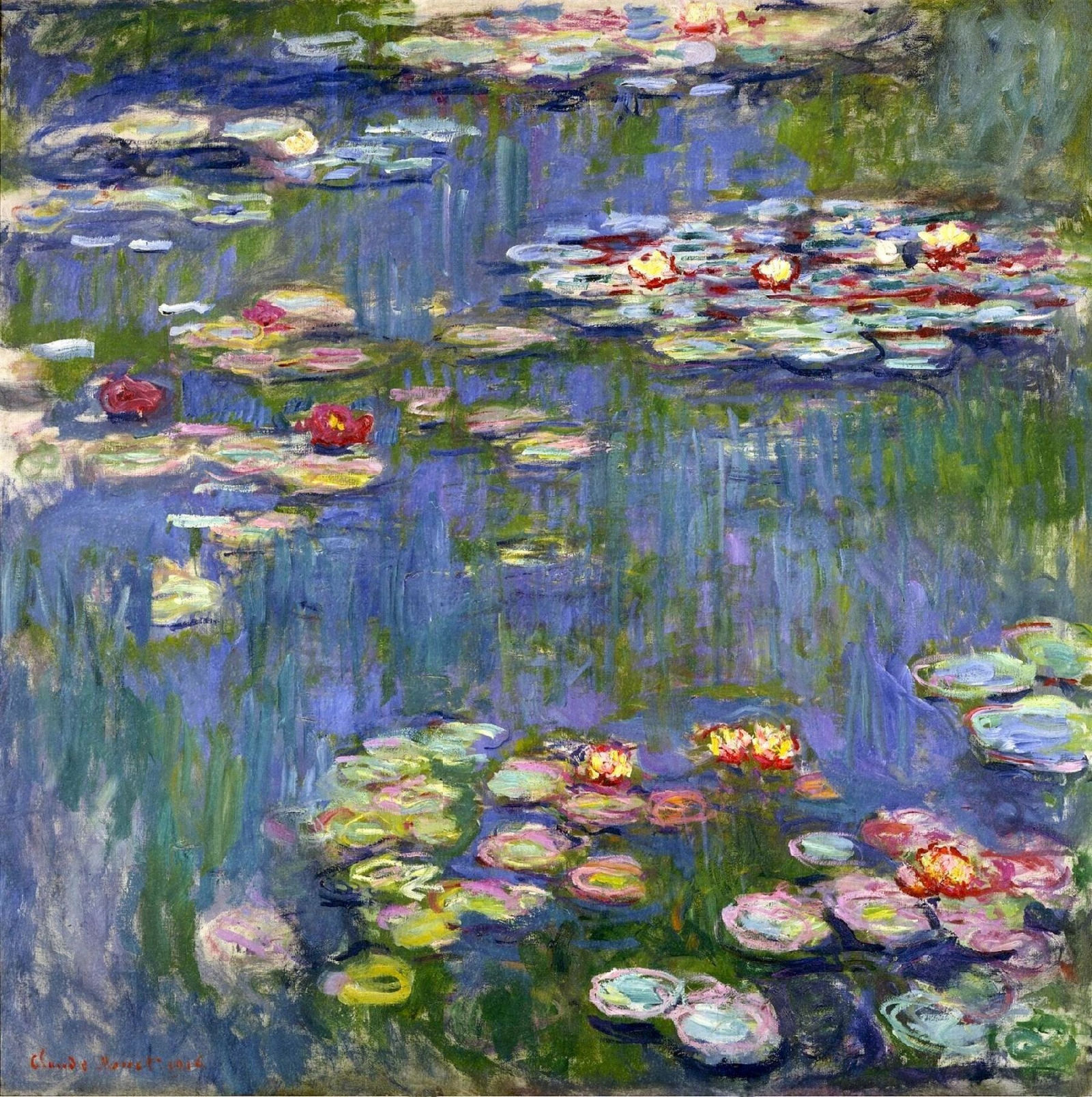Art Blog
Friday 29 January 2016
Impressionism, Post Impressionism, Symbolism Movements in Art
This movie tells about information on two of the movements I have spoken about in previous posts and also Post Impressionism.
It is by Angie Waller
Monday 25 January 2016
Symbolism
Symbolism was an art movement which spanned thirty years from 1880 to 1910. Artists tried to show meaning through their work by painting symbols and using line and shape to show important aspects. This means the work doesn't necessarily have to look realistic but are usually very personal and reflect a persons opinion on the image they are painting greatly.
Symbolist paintings almost always contain a religious meaning or concept. This is one way in which it was similar from post-impressionism, where artists such as Vincent Van Gough and Paul Gaugin painting in an also non realistic but meaningful style and both artists painted about the decline in religion at that time.
The movement itself originated first in France as it was also a literary movement and French writer Jean Moréas wrote in the daily news paper at the time 'le Figaro' about how he was against the changes in culture and religion at the time. In 1981 Paul Gaugin explained symbolism as a 'subjective vision of an artist expressed through a simplified and non-naturalistic style'
The Image above is an oil painting of 'The Wounded Angel' by Hugo Simberg. It is in a symbolist style as all the attention is drawn towards the angel which represents religion in the centre and the boy looking straight at the spectator of the painting.
I got my information from http://www.theartstory.org/movement-symbolism.htm
Wednesday 20 January 2016
Impressionism
I will begin by talking about impressionism. The period of Impressionist art
ranged from the 1870s to the 1890s. It began in Paris, in France and eventually
spread all around the globe and even reached the United States. Several very
famous artists featured around this time and used the impressionist style.
Claude Monet would be one of the most famous followed closely by Edouard Manet,
Pierre-Auguste Renoir, Edgar Degas and Paul Cezanne.
Impressionism was a style of painting which did not necessarily look
realistic to the human eye but it was easy to tell what it was. The artist
would be less ridged with their brushwork and use brighter, richer, more
intense colours. They would paint what they perceived to be the most
important parts brighter and sometimes bigger then lesser important ones.
Picture from- http://www.wikiart.org/en/claude-monet/water-lilies-40
In this painting of Claude Monet's 'Water Lilies' these impressionist styles can be clearly seen. The non-precise brushwork and bright colour of the lilies are typical from this time period. It was also very common at that time for artists to paint nature scenes and this particular picture in Claude Monet's garden was painted many, many times at different times of day and year.
I find it a fascinating time in painting history as it was one of the first times people became a little more free in their style and didn't stick exactly to what they saw in front of them. I think that freedom caused the artists style and feeling to come out more in their work.
Information from- http://www.theartstory.org/movement-impressionism.htm
Friday 15 January 2016
Introduction
Hi I'm Victoria Brooks and this is my blog on art. I will by talking about the different art movements through the past few centauries and where they took place primarily. I hope you enjoy it.
Subscribe to:
Posts (Atom)

